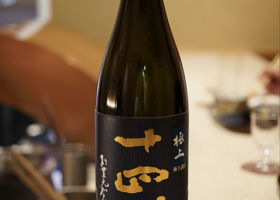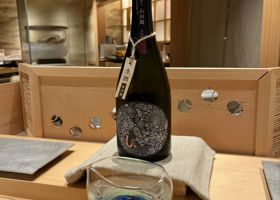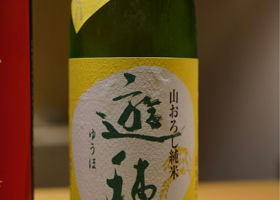
chocosara
Sogapère Effice
Regions: Nagano
Producer: Obuse Winery
Rice: Miyamanishiki
Obuse Winery produces this rare sake in small quantities only during the winter.
It has a clear taste with no cloying flavors and a perfect balance of sweetness and umami.
2024/12
Wood-fired Kakehashi
Japanese>English

























